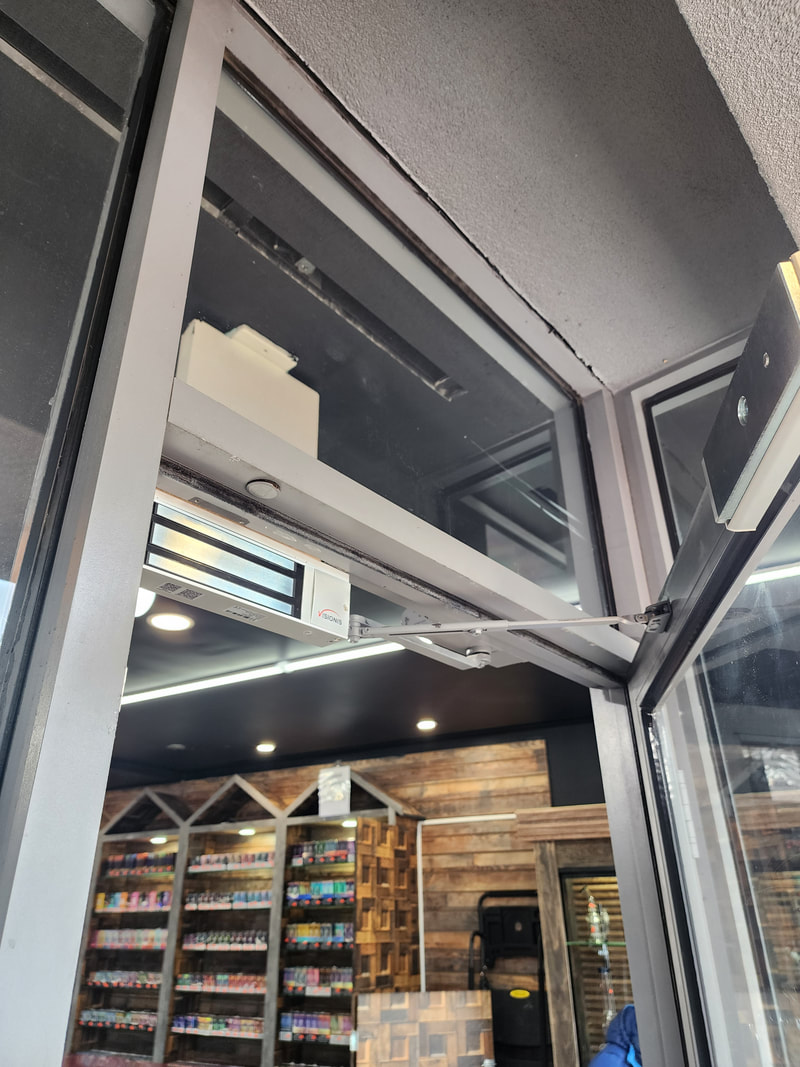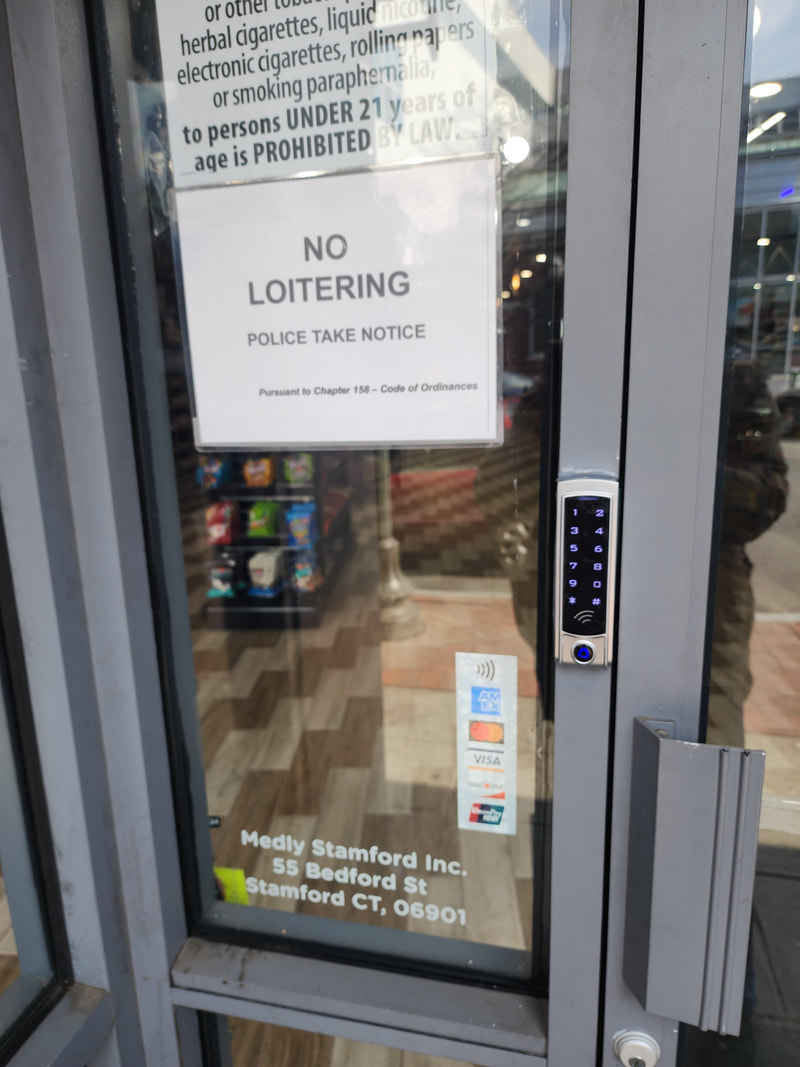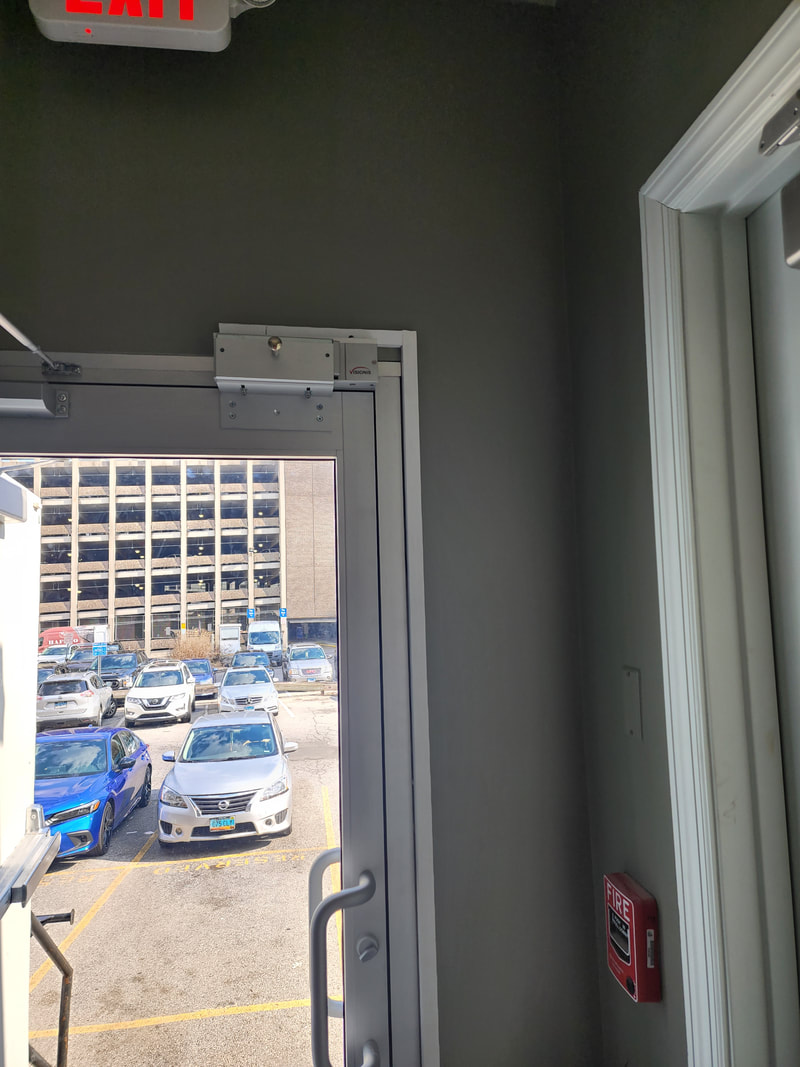Introduction:
In an era where security and communication are paramount, installing an intercom system has become a crucial aspect of modern living or business operations. Whether you're looking to enhance residential security or streamline communication within a commercial space, a well-executed intercom system installation can make a significant difference. This article provides an in-depth guide, following all Google updates, to ensure a seamless and effective intercom system setup.
Understanding the Importance of Intercom Systems:
The Role of Intercom Systems in Modern Security and Communication
Intercom systems serve a dual purpose by providing both security and convenience. They enable swift communication between different parts of a building, enhancing overall efficiency. Moreover, intercoms act as a deterrent against unauthorized access, contributing to a robust security infrastructure.
Planning Your Intercom System Installation:
Pre-Installation Considerations for a Successful Setup
1. Assessment of Property Needs:
Before embarking on the installation process, conduct a thorough assessment of your property to determine the specific needs and areas that require intercom coverage.
2. Choosing the Right Intercom System:
Selecting the appropriate intercom system is crucial. Consider factors such as the size of the property, desired features (audio, video, or both), and scalability for future expansions.
Installation Process:
Step-by-Step Guide to Intercom System Installation
1. Gathering Necessary Equipment:
Ensure you have all the required equipment, including intercom units, wiring, power supply, and any additional components specified by the chosen system.
2. Creating a Wiring Plan:
Plan the wiring layout, taking into account the distance between units and potential obstacles. Conceal wiring where possible to maintain aesthetics.
3. Mounting Intercom Units:
Install intercom units securely, considering optimal placement for clear communication. Follow manufacturer guidelines for height and positioning.
4. Connecting Power Supply:
Connect the intercom system to a reliable power source, following safety protocols. Ensure the system is adequately powered for continuous operation.
5. Programming and Testing:
Configure the system settings, including user codes and access permissions. Thoroughly test the intercom units to confirm seamless communication and functionality.
Post-Installation Maintenance:
Ensuring Long-Term Reliability and Performance
1. Regular System Checks:
Implement a routine maintenance schedule to check for any issues, such as loose connections or software updates. Address any issues promptly to ensure uninterrupted functionality.
2. User Training:
Provide training to users on the proper use of the intercom system, including troubleshooting common problems. This can prevent unnecessary service calls and ensure smooth day-to-day operations.
Conclusion:
Investing time and effort into a well-planned and executed intercom system installation pays off in terms of enhanced security, improved communication, and overall peace of mind. By adhering to Google's latest updates and guidelines, you ensure that your content remains relevant and valuable in the ever-evolving landscape of online information.
In an era where security and communication are paramount, installing an intercom system has become a crucial aspect of modern living or business operations. Whether you're looking to enhance residential security or streamline communication within a commercial space, a well-executed intercom system installation can make a significant difference. This article provides an in-depth guide, following all Google updates, to ensure a seamless and effective intercom system setup.
Understanding the Importance of Intercom Systems:
The Role of Intercom Systems in Modern Security and Communication
Intercom systems serve a dual purpose by providing both security and convenience. They enable swift communication between different parts of a building, enhancing overall efficiency. Moreover, intercoms act as a deterrent against unauthorized access, contributing to a robust security infrastructure.
Planning Your Intercom System Installation:
Pre-Installation Considerations for a Successful Setup
1. Assessment of Property Needs:
Before embarking on the installation process, conduct a thorough assessment of your property to determine the specific needs and areas that require intercom coverage.
2. Choosing the Right Intercom System:
Selecting the appropriate intercom system is crucial. Consider factors such as the size of the property, desired features (audio, video, or both), and scalability for future expansions.
Installation Process:
Step-by-Step Guide to Intercom System Installation
1. Gathering Necessary Equipment:
Ensure you have all the required equipment, including intercom units, wiring, power supply, and any additional components specified by the chosen system.
2. Creating a Wiring Plan:
Plan the wiring layout, taking into account the distance between units and potential obstacles. Conceal wiring where possible to maintain aesthetics.
3. Mounting Intercom Units:
Install intercom units securely, considering optimal placement for clear communication. Follow manufacturer guidelines for height and positioning.
4. Connecting Power Supply:
Connect the intercom system to a reliable power source, following safety protocols. Ensure the system is adequately powered for continuous operation.
5. Programming and Testing:
Configure the system settings, including user codes and access permissions. Thoroughly test the intercom units to confirm seamless communication and functionality.
Post-Installation Maintenance:
Ensuring Long-Term Reliability and Performance
1. Regular System Checks:
Implement a routine maintenance schedule to check for any issues, such as loose connections or software updates. Address any issues promptly to ensure uninterrupted functionality.
2. User Training:
Provide training to users on the proper use of the intercom system, including troubleshooting common problems. This can prevent unnecessary service calls and ensure smooth day-to-day operations.
Conclusion:
Investing time and effort into a well-planned and executed intercom system installation pays off in terms of enhanced security, improved communication, and overall peace of mind. By adhering to Google's latest updates and guidelines, you ensure that your content remains relevant and valuable in the ever-evolving landscape of online information.





 RSS Feed
RSS Feed